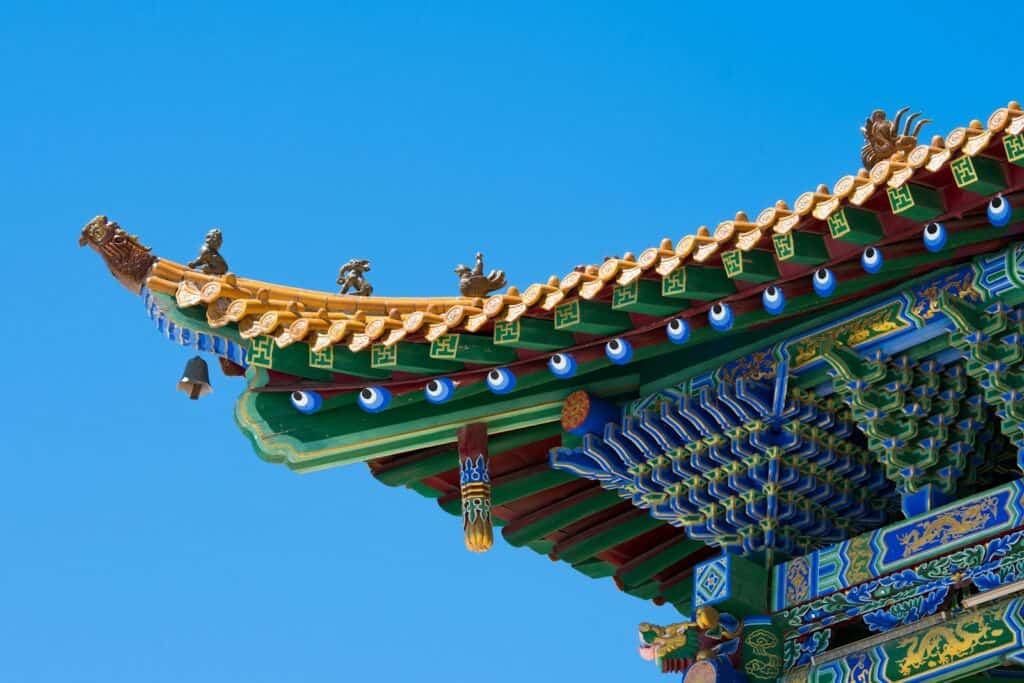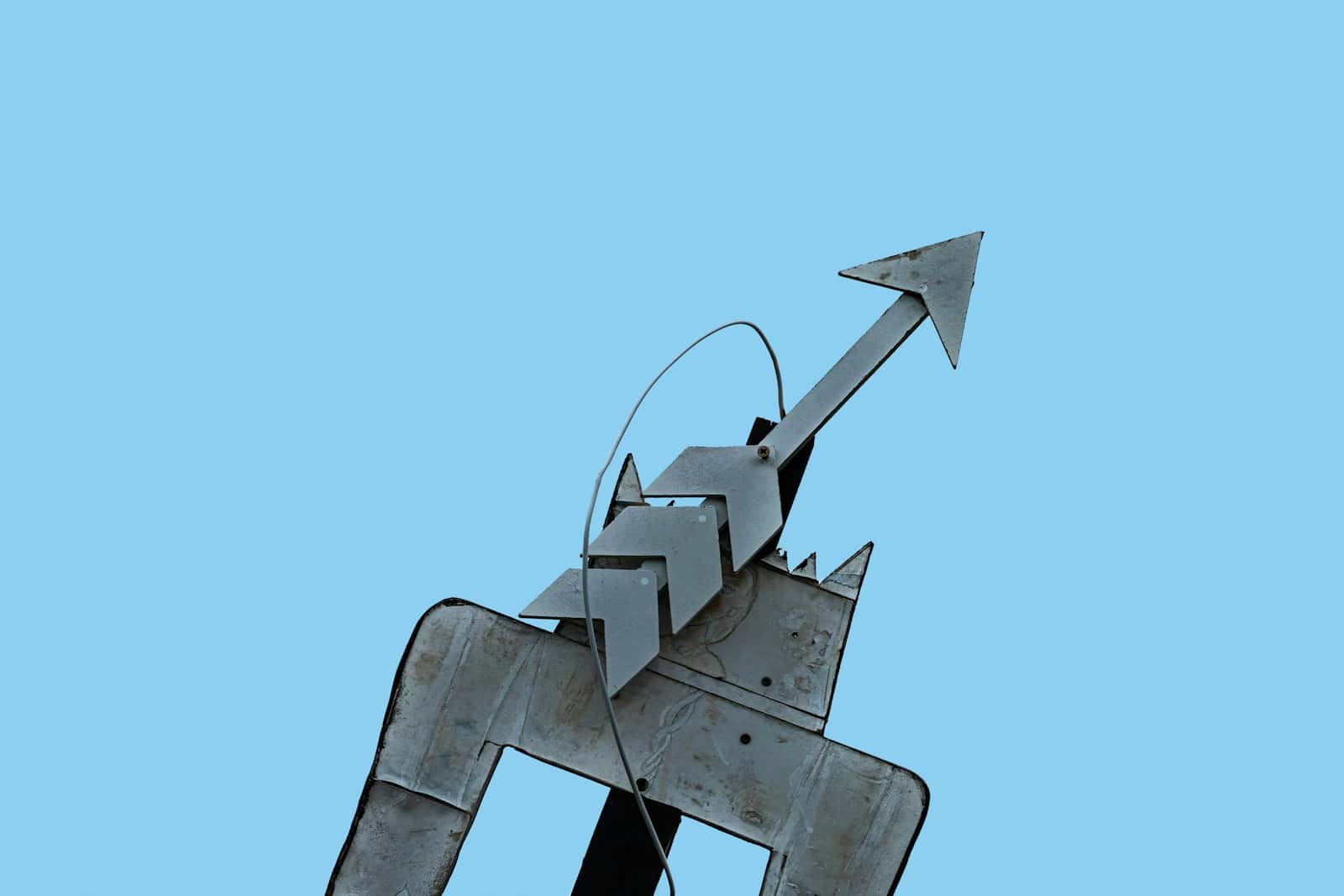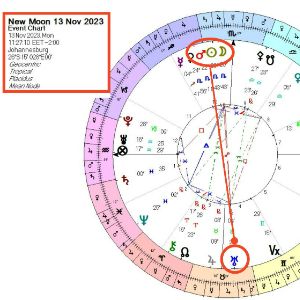The origins of the I Ching can be traced back to ancient China, where it was first developed as a divination system around 3,000 years ago. It is believed to have been created by the legendary Emperor Fu Xi, who is also credited with inventing writing and fishing nets. Over time, the I Ching evolved and was expanded upon by various scholars and philosophers.
One of the most significant figures in the development of the I Ching was Confucius, who lived during the 6th century BCE. Confucius saw the I Ching as a guide to moral behavior and used it as a tool for self-reflection and personal growth. He also added commentaries to the hexagrams, providing further insight into their meanings and applications.
The I Ching was heavily influenced by Chinese culture and philosophy. The concept of Yin and Yang, which represents the duality of the universe, is central to the I Ching. The hexagrams themselves are composed of trigrams, which are combinations of three lines representing Yin or Yang. These trigrams are based on the eight natural elements: heaven, earth, thunder, wind, water, fire, mountain, and lake.
Understanding the Structure of the I Ching Deck
The I Ching deck consists of 64 hexagrams, each with its own unique combination of broken and unbroken lines. These hexagrams are arranged in a specific order that reflects their symbolic meanings and relationships to one another.
The hexagrams are divided into two sections: the Upper Canon and the Lower Canon. The Upper Canon consists of the first 30 hexagrams, while the Lower Canon consists of the remaining 34 hexagrams. Each hexagram is associated with a specific number and name, such as Hexagram 1: The Creative or Hexagram 2: The Receptive.
Within each hexagram, there are six lines that can be either broken or unbroken. A broken line represents Yin energy, while an unbroken line represents Yang energy. These lines can be combined in different ways to create a total of 64 unique hexagrams.
The Meaning and Significance of the I Ching Hexagrams
Each hexagram in the I Ching has its own unique meaning and significance. While it would be impossible to cover all 64 hexagrams in this article, we can explore a few key ones to get a sense of their symbolism and interpretation.
One example is Hexagram 1: The Creative. This hexagram represents the beginning of all things and is associated with creativity, innovation, and new beginnings. It encourages us to tap into our inner potential and take action to bring our ideas into reality.
Another example is Hexagram 23: Splitting Apart. This hexagram represents a time of conflict and division. It warns against making hasty decisions and encourages us to seek harmony and compromise in order to resolve conflicts.
Hexagram 42: Increase is another significant hexagram. It represents a time of growth and abundance. It encourages us to be open to new opportunities and to cultivate a mindset of abundance and gratitude.
How to Use the I Ching for Divination and Guidance
Using the I Ching for divination and guidance is a multi-step process that involves casting the hexagrams and interpreting their meanings. Here is a step-by-step guide to using the I Ching:
1. Formulate your question or intention: Before casting the hexagrams, it is important to have a clear question or intention in mind. This will help you focus your energy and receive more accurate guidance.
2. Cast the hexagrams: There are several methods for casting the hexagrams, but one common method is to use three coins. Assign a value of 2 to heads and 3 to tails. Toss the coins six times, recording the results as either a broken line (Yin) or an unbroken line (Yang).
3. Create the hexagram: Once you have recorded the results of the coin tosses, you can create the hexagram by arranging the lines from bottom to top.
4. Interpret the hexagram: Each hexagram has its own unique meaning and interpretation. Consult a guidebook or online resource to learn more about the specific meaning of your hexagram.
5. Reflect on the guidance: Take some time to reflect on the guidance provided by the hexagram. Consider how it applies to your question or intention and how you can apply it to your life.
Comparing the I Ching and Western Tarot Decks
While both the I Ching and Western Tarot decks are used for divination and guidance, there are some key differences in their symbolism and imagery.
The Western Tarot deck consists of 78 cards divided into Major Arcana and Minor Arcana. The Major Arcana cards represent significant life events and archetypal energies, while the Minor Arcana cards represent more everyday situations and experiences.
The I Ching deck, on the other hand, consists of 64 hexagrams, each with its own unique combination of broken and unbroken lines. These hexagrams are based on the concept of Yin and Yang and are associated with specific meanings and interpretations.
While the Western Tarot deck often uses elaborate imagery and symbolism, the I Ching deck is more minimalistic in its design. The hexagrams are represented by simple lines, allowing for a more open-ended interpretation.
Despite these differences, the I Ching and Western Tarot decks can complement each other in divination and guidance. They both offer valuable insights and perspectives that can help us navigate life’s challenges and make informed decisions.
The Role of Yin and Yang in the I Ching Tarot

The concept of Yin and Yang is central to the I Ching Tarot. Yin represents feminine energy, darkness, and passivity, while Yang represents masculine energy, light, and activity. These two opposing forces are seen as complementary and interconnected, with each containing a seed of the other.
In the I Ching Tarot deck, Yin is represented by a broken line, while Yang is represented by an unbroken line. The hexagrams are composed of these lines in different combinations, reflecting the balance or imbalance of Yin and Yang energy.
Understanding the role of Yin and Yang in the I Ching Tarot can help us gain a deeper understanding of ourselves and the world around us. It reminds us that life is a constant dance between opposing forces and that finding balance is essential for our well-being.
The Cultural Significance of the I Ching in China
The I Ching holds great cultural significance in China and has had a profound influence on Chinese culture and philosophy. It is considered one of the Five Classics, which are the foundational texts of Confucianism.
The I Ching has been used for centuries as a guide for moral behavior and personal growth. It is seen as a tool for self-reflection and self-improvement, helping individuals navigate life’s challenges and make wise decisions.
In addition to its philosophical and spiritual significance, the I Ching has also influenced various aspects of Chinese culture, including art, literature, and architecture. Its symbolism and imagery can be found in traditional Chinese paintings, poetry, and even the design of buildings.
Today, the I Ching continues to be widely studied and practiced in China. It is used by individuals seeking guidance in their personal lives, as well as by scholars and philosophers exploring its deeper meanings and applications.
Exploring the Symbolism and Imagery of the I Ching Cards
The imagery and symbolism of the I Ching cards are rich with meaning and can provide valuable insights into our lives and experiences. Let’s explore the symbolism of a few key cards:
Hexagram 1: The Creative – This hexagram is represented by six unbroken lines stacked on top of each other. It symbolizes the beginning of all things and represents creativity, innovation, and new beginnings. The imagery suggests a sense of upward movement and expansion.
Hexagram 2: The Receptive – This hexagram is represented by six broken lines stacked on top of each other. It symbolizes receptivity, nurturing, and patience. The imagery suggests a sense of downward movement and grounding.
Hexagram 23: Splitting Apart – This hexagram is represented by three unbroken lines at the top, followed by three broken lines at the bottom. It symbolizes conflict, division, and the need for resolution. The imagery suggests a sense of separation and tension.
The symbolism and imagery of the I Ching cards can be interpreted in various ways, depending on the context and the individual’s own intuition. They can serve as a mirror for our own experiences and emotions, helping us gain a deeper understanding of ourselves and the world around us.
Applying the Lessons of the I Ching to Daily Life
The lessons of the I Ching can be applied to everyday situations to help us make better decisions and navigate life’s challenges. Here are a few examples of how the I Ching can be applied to daily life:
1. Decision-making: When faced with a difficult decision, consulting the I Ching can provide valuable guidance and insight. By casting the hexagrams and reflecting on their meanings, we can gain a fresh perspective and make more informed choices.
2. Self-reflection: The I Ching encourages self-reflection and introspection. By taking the time to reflect on our thoughts, feelings, and actions, we can gain a deeper understanding of ourselves and make positive changes in our lives.
3. Cultivating balance: The concept of Yin and Yang in the I Ching reminds us of the importance of balance in our lives. By striving for balance between work and play, rest and activity, and giving and receiving, we can experience greater harmony and well-being.
4. Embracing change: The I Ching teaches us that change is inevitable and that embracing it can lead to personal growth and transformation. By being open to change and adapting to new circumstances, we can navigate life’s challenges with greater ease.
The I Ching is a fascinating divination system that offers valuable insights and guidance for those seeking a deeper understanding of themselves and the world around them. Its rich symbolism, philosophical teachings, and cultural significance make it a powerful tool for personal growth and self-reflection.
In this article, we explored the history and origins of the I Ching, its structure and symbolism, and how it can be used for divination and guidance. We also compared the I Ching to Western Tarot decks, explored the role of Yin and Yang in the I Ching Tarot, and discussed its cultural significance in China.
By exploring the lessons of the I Ching and applying them to our daily lives, we can gain a deeper understanding of ourselves, make better decisions, and cultivate greater harmony and well-being. Whether you are new to the I Ching or have been studying it for years, there is always more to learn and discover. So, I encourage you to explore the I Ching and its teachings further and see how it can enrich your life.
If you’re interested in exploring the mystical world of divination, you may find the article “The I Ching: Unlocking Ancient Wisdom” intriguing. This fascinating piece delves into the ancient Chinese practice of using The I Ching as a tool for guidance and self-reflection. Drawing parallels to the Chinese tarot, it explores the similarities and differences between these two divination systems. To learn more about this captivating topic, check out the article on Astrology SA’s July 2023 newsletter: http://astrologysa.co.za/july-2023-newsletter/.




